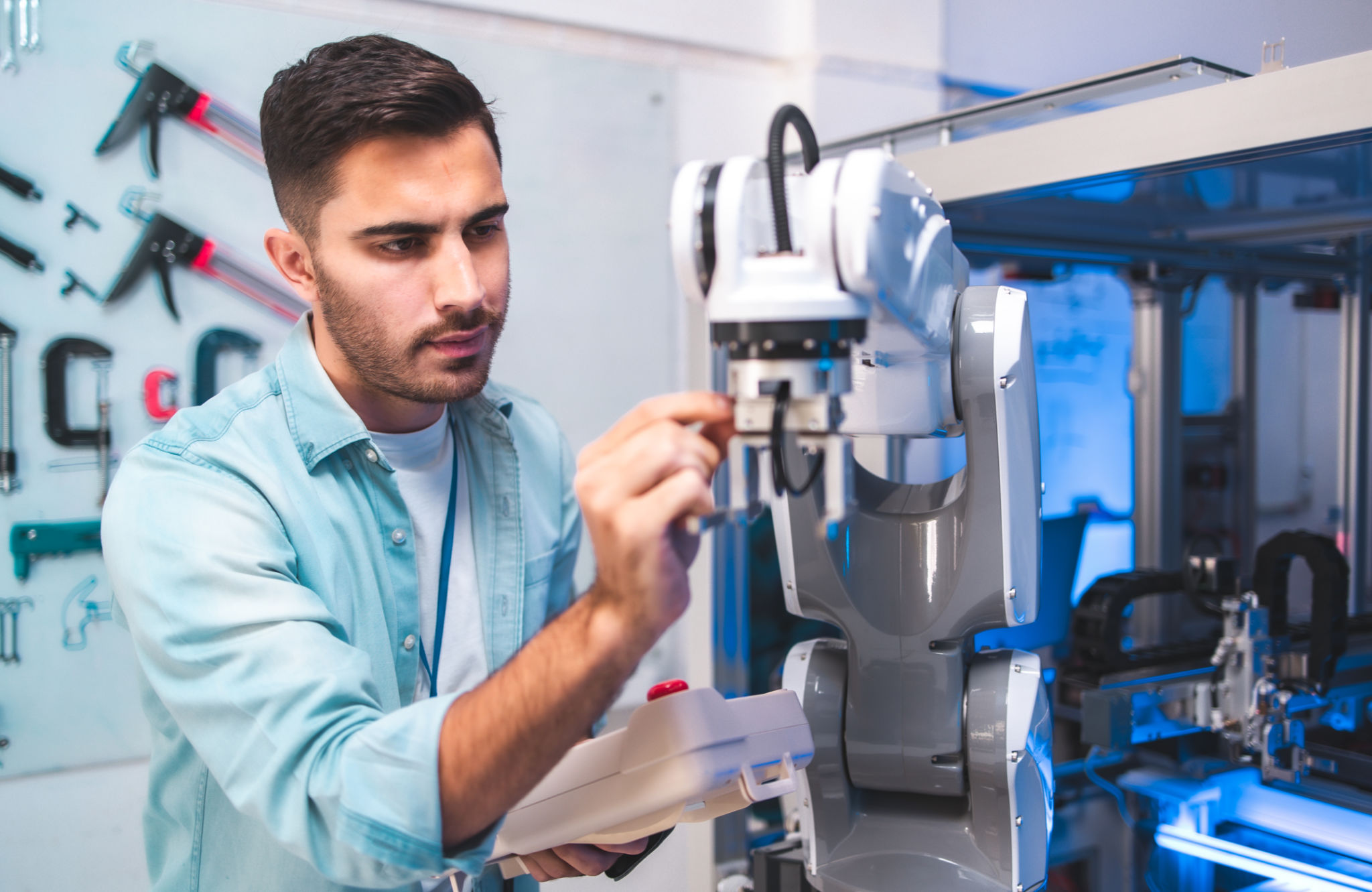Expert Tips: Maintaining Your Medical Aesthetic Devices for Longevity
pe
Understanding the Importance of Maintenance
Proper maintenance of your medical aesthetic devices is crucial not only for the longevity of the equipment but also for ensuring optimal performance and safety. Regular upkeep helps in preventing unexpected breakdowns, which can disrupt schedules and lead to costly repairs. By implementing a robust maintenance routine, you can extend the life of your devices and maintain a high standard of service.
In the fast-paced world of medical aesthetics, where technology is continually advancing, keeping your devices in top shape is imperative. This not only helps in delivering consistent results but also enhances the trust and satisfaction of your clients. A well-maintained device is a reflection of your commitment to quality and professionalism.

Daily Care and Cleaning
Daily care is the foundation of any maintenance routine. After each use, it’s important to clean your devices according to the manufacturer's guidelines. This typically involves using approved cleaning agents and soft, non-abrasive cloths to prevent any damage to sensitive parts. Ensuring that all residues are removed will help in maintaining device efficacy and hygiene.
Pay particular attention to parts that come into direct contact with clients, such as handpieces and applicators. These should be disinfected thoroughly to prevent cross-contamination. Establishing a daily cleaning checklist can help ensure no step is overlooked.
Regular Inspections and Calibrations
Beyond daily cleaning, scheduling regular inspections and calibrations is vital. These inspections should be performed by qualified technicians who understand the intricacies of your devices. Regular inspections help in identifying potential issues before they become major problems, saving both time and money in the long run.

Calibrations ensure that your devices are delivering the correct energy levels, which is crucial for both safety and effectiveness. Over time, devices can drift from their original settings, impacting performance. Routine checks help in realigning them to their optimal state.
Training for Staff
Proper training for all staff members who operate medical aesthetic devices cannot be overstated. Comprehensive training programs should cover not only how to use the equipment but also how to maintain it. Well-trained staff can quickly identify and address minor issues before they escalate.
Encourage an environment where continuous learning is promoted. As new technologies emerge, keeping your team updated on the latest maintenance techniques will ensure your devices run smoothly and efficiently.
Documentation and Record-Keeping
Maintaining detailed records of each device’s maintenance history is an essential practice. This includes documenting all cleaning, repairs, calibrations, and inspections. Such records not only provide insights into the device's performance over time but also assist in warranty claims or when planning for future upgrades.

A well-documented history can also be invaluable during audits or when selling older devices. It demonstrates a proactive approach to equipment management and adds value to your practice.
Sourcing Quality Parts and Accessories
Using genuine parts and accessories is crucial when replacing components of your medical aesthetic devices. Genuine parts are designed to fit and function perfectly with your device, ensuring both safety and performance are upheld. While opting for cheaper alternatives might seem cost-effective initially, it could lead to more significant expenses down the line due to compatibility issues or premature failures.
Establishing a relationship with trusted suppliers ensures you have access to quality parts when needed, reducing downtime and maintaining operational efficiency.